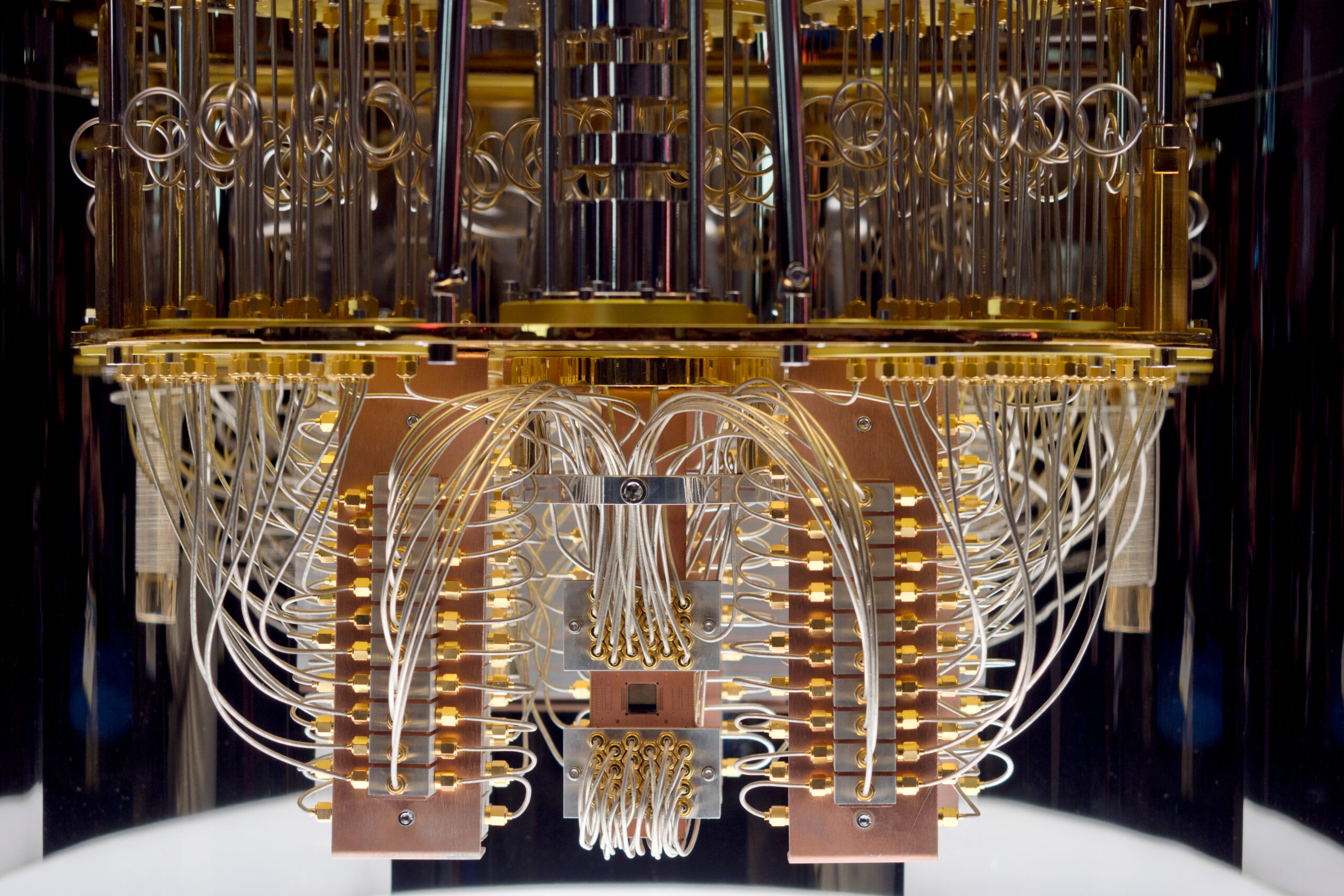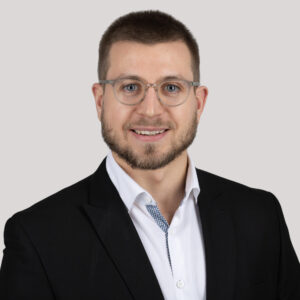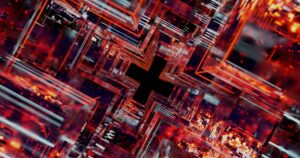16/05/2023
Quantum technologies, including quantum computing, have been rapidly advancing over the last couple of decades. In this insight, we discuss some of the basic principles of quantum computing, and look at some of the recent patent trends in this area, with the help of the European Patent Office’s recent report on quantum computing.
This is the first insight in a series focusing on developments in Quantum Computing.
What is Quantum Computing?
In classical computing data is encoded in long sequences of bits, where a bit is smallest unit of data possible and can take one of two discrete values, 0 or 1. This data is moved to a processing unit, and is processed by representing the data as electrical signals, where 0 is an off signal and 1 is an on signal. Basic logical circuits are used to make decisions about how to rearrange the numbers into words or actions, and thus perform operations. Crucially, the operations performed by a classical computer are deterministic, i.e. a given input always gives the same output.
Quantum computing, on the other hand, encompasses computational processes which are instead based on qubits (quantum bits). Like classical bits, qubits can also be either 0 or 1 when measured. However, during computation, qubits can be in a quantum mechanical “superposition” between the two states, and therefore can be considered to be both 0 and 1 at the same time. In other words, quantum computing takes advantage of the probabilistic nature of quantum mechanics to perform operations, rather than using classical deterministic operations.
What is a Qubit?
Unlike classical bits which can be any sort of switch that can be flipped between 0 and 1, qubits are more challenging to make. Rather than turning a signal on or off, qubits require control over physical states, typically the spin state, of individual ions or subatomic particles, such as electrons. Various ways of making qubits and controlling their physical states are being researched. For example, many quantum computers use superconducting qubits which require specialized materials to be held at extremely low temperatures to stabilise the atoms in the material. This reduces the chance of the qubit moving from one state to the other (without human intervention).
Why is Quantum Computing so useful?
The superposition of the qubits in a quantum computer enables parallelisation. This means that, unlike classical computers, quantum computers can perform multiple calculations simultaneously. This is especially useful for certain calculations, such as optimisation. When solving an optimisation problem, quantum computers can simultaneously find the outcome of each possible option at the same time, and therefore find the optimum solution. A classical computer on the other hand, must sequentially follow each path when trying to find the optimal solution. Therefore, a quantum computer can solve certain types of problems much faster than classical computers.
An example use of these optimisation calculations is in the logistics and transportation industry, where a quantum computer could rapidly find the shortest route between two or more points. Further, quantum computing is being used in many other technical fields, ranging from banking and finance to drug development.
Looking at drug development in particular, quantum computers are very useful for performing simulations. For example, a quantum computer can predict and simulate the properties and interactions between molecules on the atomic level. These simulations will likely be of great importance for drug discoveries, whereas classical computers are less accurate and much slower at simulating molecules. As a recent example, Moderna and IBM have just announced a partnership for Moderna to use IBM’s quantum computing systems to help develop new vaccines.
Quantum computing today
Quantum computing is still in its infancy, however many so called noisy intermediate-scale quantum (NISQ) computers are fully operational today. These NISQ computers have a number of limitations due to the relatively small number of qubits and high error rates. At present such computers do not have so-called “quantum supremacy”, i.e. they do not have the ability to solve a problem that a classical computer fundamentally could not. However, NISQ computers remain useful for solving many types of problem.
Such NISQ quantum computers, as well as more advanced future quantum computers, will require very specific physical conditions to run. Therefore, although the routine use of quantum computers to solve problems is a way off, there is a large amount of emerging technology directed at implementing and improving quantum computers, as well as putting them to use.
Patent Trends in Quantum Computing
A useful metric for measuring the current state of technology and the advancements being made is patent filings. Earlier this year the European Patent Office (EPO) released a report specifically focusing on patent filings relating to quantum computing. We have summarised some of the key findings below.
Firstly, and not unexpectedly, the number of patent applications relating to quantum computing is increasing at a very rapid rate. This increase is well above any increase in the overall number of patent applications being filed across all technical fields. Figure 3 of the report (reproduced below) shows this trend. Each international patent family included in the graph below is any patent family being published by at least two different patent offices, which suggests that the applicant attributes a higher economic potential to the invention of that family.

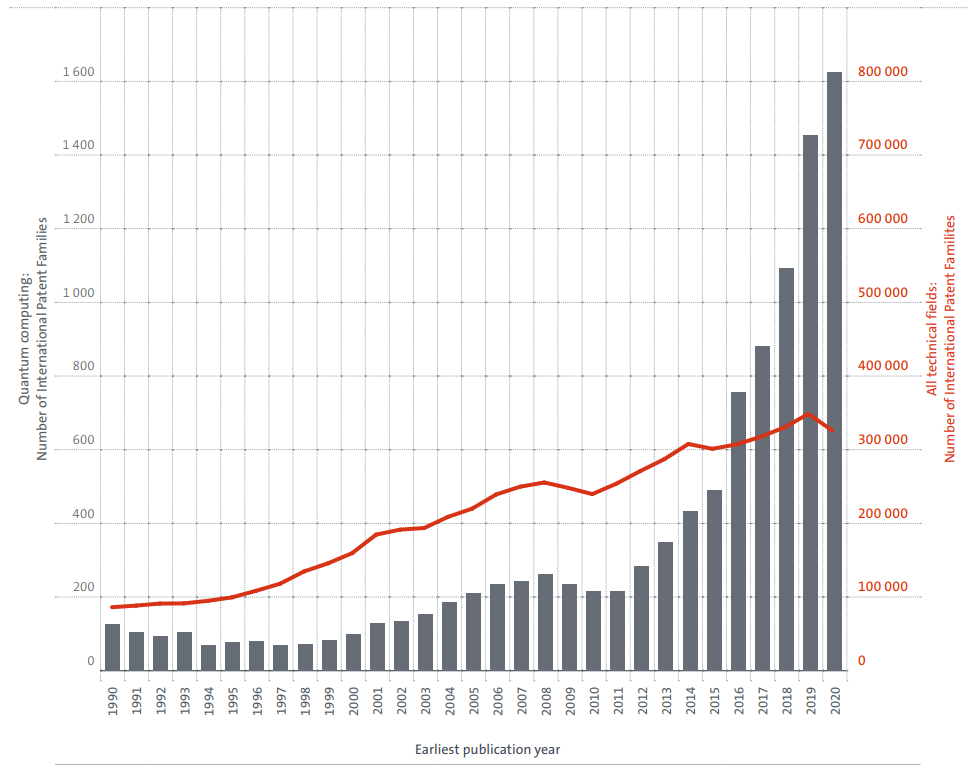
Figure 5 of the EPO’s report shows a year by year breakdown of which jurisdictions these patent families were filed in. As can be seen, The US, Japan, Europe and China appear to be the most important jurisdictions for quantum computing technologies. Further, the report comments that the share of quantum computing families including an international patent application is notably higher than across other technical fields, suggesting a multinational commercialisation strategy for many quantum computing related inventions.
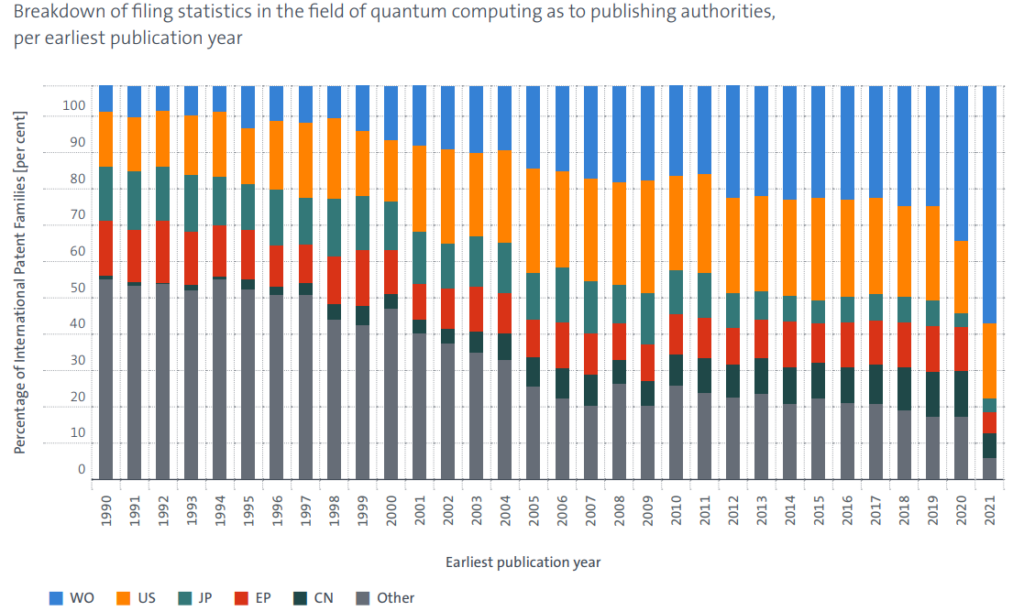
The report also lists the most active applicants in the field of quantum computing. US universities and US and Japanese companies dominate this list, with IBM confirming itself as the top filer. This list also shows that many of the applicants filing applications in this area are large companies, rather than start ups and research facilities. Therefore, the data suggests that quantum computers are seen as important future technologies which companies want to gain monopolies in, rather than being purely for research purposes.
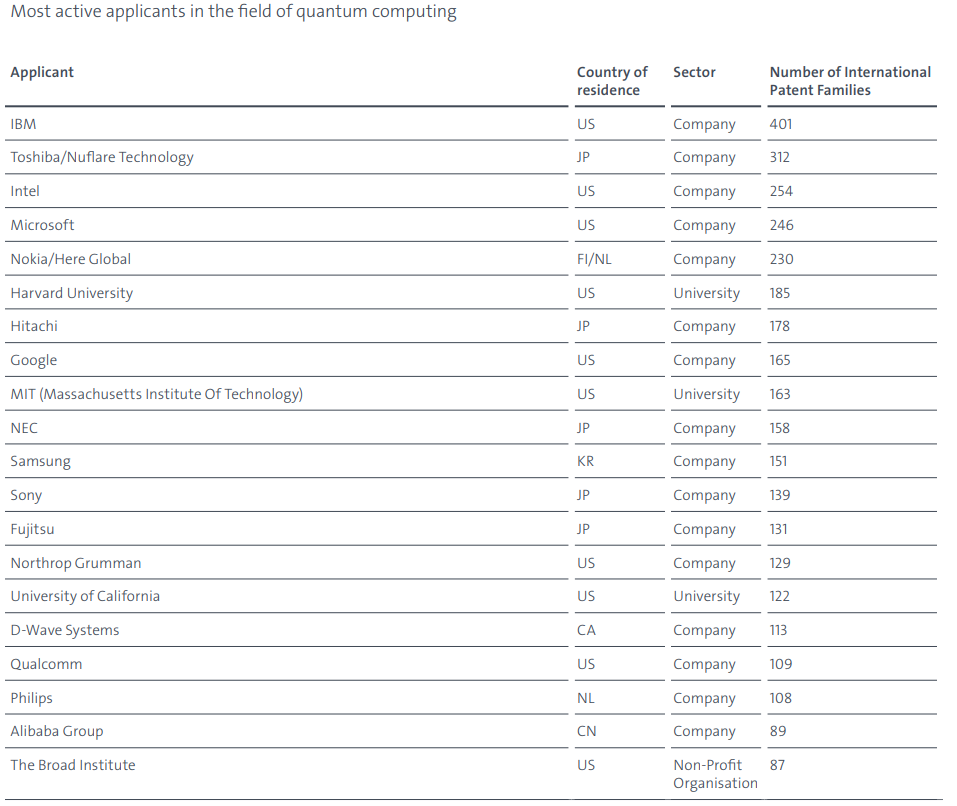
Lastly, a particular graph that stood out in the report was Figure 16, which shows the filing statistics for quantum computing applications which also relate to artificial intelligence (AI). The number of such applications has increased exponentially over the past five years, with 15% of all quantum computing applications published in 2020 also relating to AI.
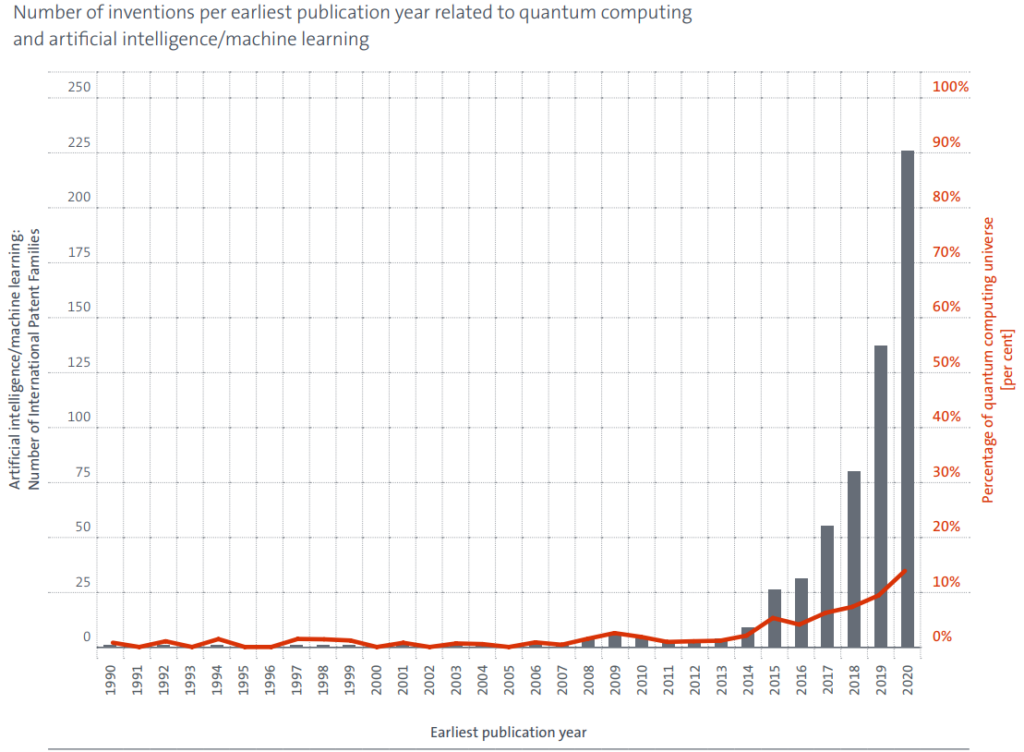
As stated in the EPO’s conclusions “while patent application numbers are still rather low, the momentum in the field of quantum computing is very high”, reflecting the advance of quantum computing technology in the real world. We look forward to seeing this trend continue in the future.
Here at Reddie & Grose we have a large number of attorneys in our electronics and software team with interest and experience in quantum technologies. If you need help protecting your innovations in this field then please do get in touch.
This article is for general information only. Its content is not a statement of the law on any subject and does not constitute advice. Please contact Reddie & Grose LLP for advice before taking any action in reliance on it.
